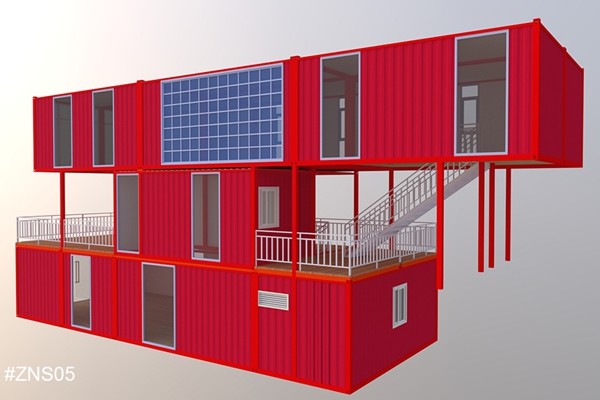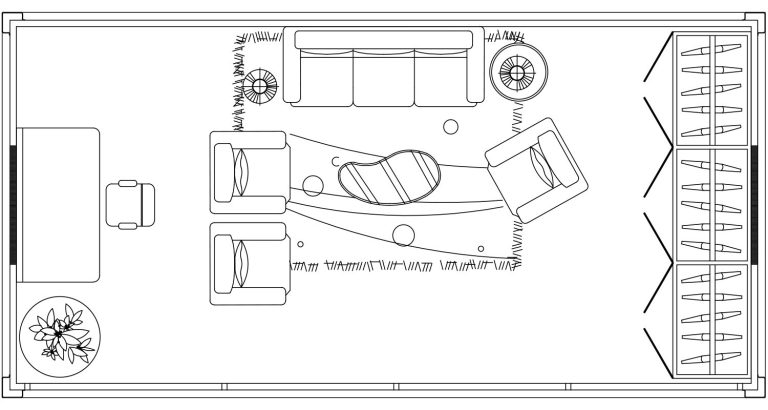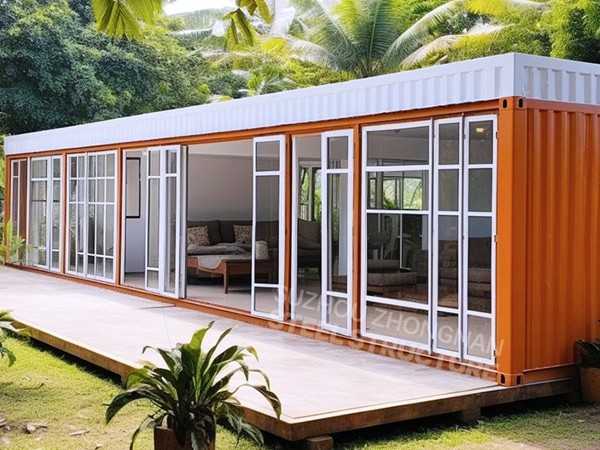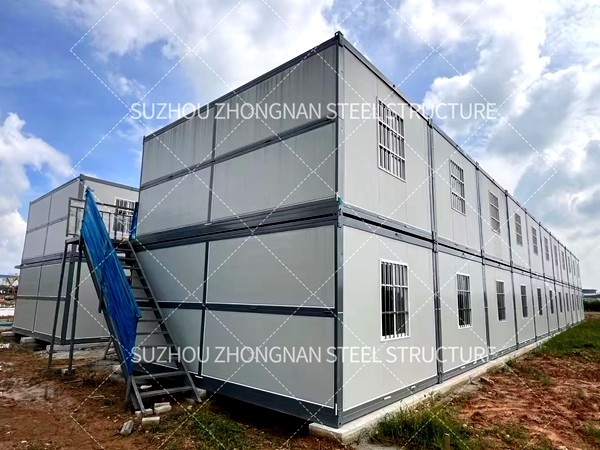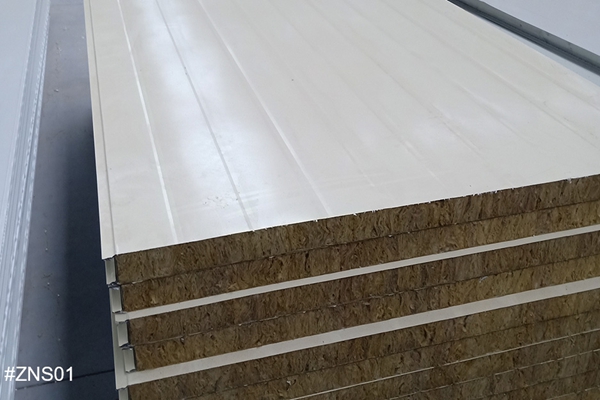53 shipping container home
Transforming shipping containers into homes is quickly becoming an intriguing endeavor in modern architecture, tantalizing homeowners, architects, and eco-enthusiasts alike. A 53-foot shipping container, in particular, offers a unique canvas due to its size, sustainability benefits, and structural strength. Here's an exploration into the myriad advantages and the untapped potential of utilizing a 53-foot shipping container for residential use.

These enormous steel containers are no longer mere vessels for transporting goods across seas. They offer an enticing alternative to traditional construction materials and methodologies. One of the most significant advantages is their durability. Designed to withstand harsh weather conditions at sea, their robust structure ensures longevity and resistance to extreme environmental challenges. This inherent strength provides unparalleled safety and durability in home construction.
Economically, shipping container homes present an affordable housing solution. The cost of a used 53-foot container is often a fraction of traditional building materials. This affordability doesn't compromise quality, making them a prudent choice for first-time homeowners or those looking to downsize affordably without sacrificing comfort or style.
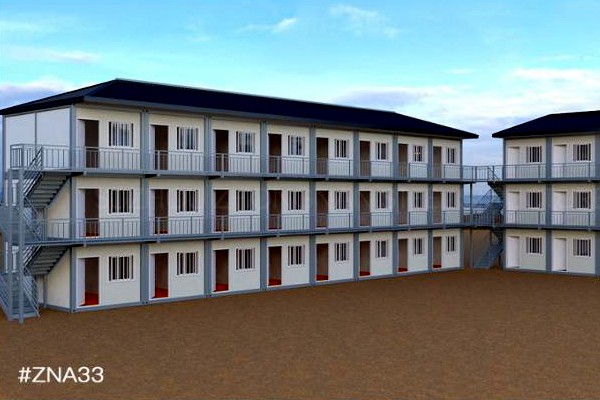
Their ecological footprint is significantly smaller compared to conventional homes. Repurposing a container is a direct form of recycling, reducing the demand for new building materials. It alleviates the strain on natural resources, minimizing the ecological impact and promoting sustainable living practices. For those passionate about eco-friendly living, container homes offer a tangible way to contribute to environmental conservation.
The adaptability of a 53-foot container transforms into a home with unparalleled versatility. Its modular nature allows for creative customization. These spaces can be tailored to specific needs—whether it's a minimalist studio or a multi-level abode. The structural integrity of the container allows for easy modification, like cutting out windows, doors, or even entire walls, to create expansive, light-filled spaces.
Moreover, the resilience of these containers makes them suitable for a range of climates. Properly insulated, they provide comfortable living environments, be it in cold winters or hot summers. Their compact size makes temperature regulation more efficient, translating to lower energy costs and sustainable energy use.53 shipping container home
The real-world experience of those living in shipping container homes provides insights into their functional excellence. Residents often praise the sense of security within the sturdy walls and the sense of satisfaction derived from innovative design solutions that such spaces necessitate. Community-wise, these homes can be integrated into urban settings or remote rural landscapes, proving their versatility.
From a design and architecture perspective, container homes are a bold statement against the norm. They challenge traditional aesthetics by merging industrial and residential design elements, often resulting in cutting-edge modern homes. Architects are increasingly integrating renewable energy solutions like solar panels or green roofs with shipping container homes, pushing the boundaries of modern housing while promoting self-sufficiency.
For investors and stakeholders in the housing market, shipping container homes present a lucrative opportunity. Lower construction costs, coupled with growing acceptance and demand for sustainable living options, offer a promising return on investment. Given the housing shortages in many urban areas, containers offer a scalable and rapid deployment solution to address these challenges efficiently.
The cultural shift towards minimalism and compact living resonates deeply with the concept of shipping container homes. As more people seek to reduce clutter and live more intentionally, the efficient use of space that a 53-foot container offers aligns perfectly with these aspirations. The potential for creating affordable, sustainable, and personalized living spaces is expansive, making container homes a compelling option for the future of housing.
As a mellow yet tangible exploration into innovative housing, shipping container homes represent a paradigm shift in how we perceive residential spaces, merging functionality, sustainability, and cost-effectiveness without compromising on the aesthetics or comfort of a home.

